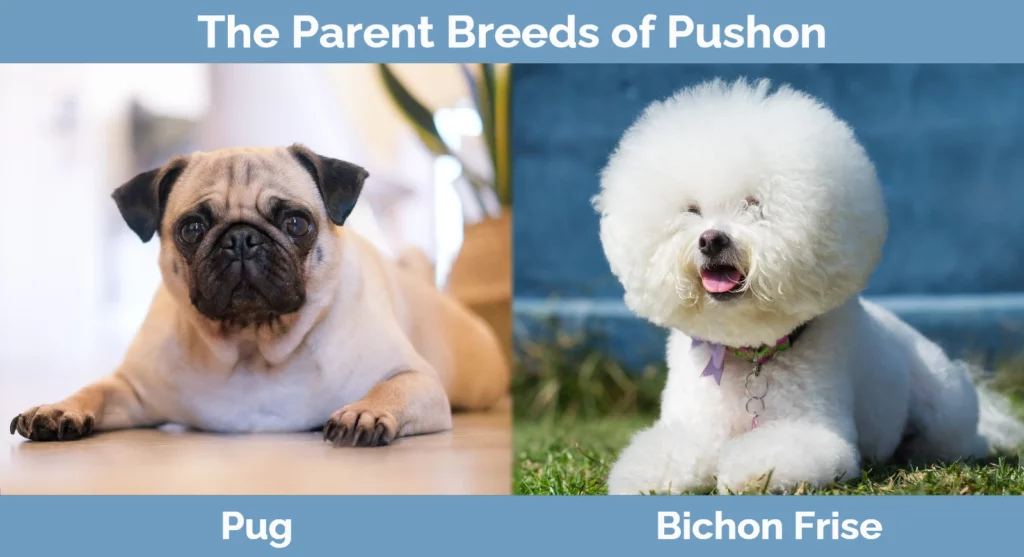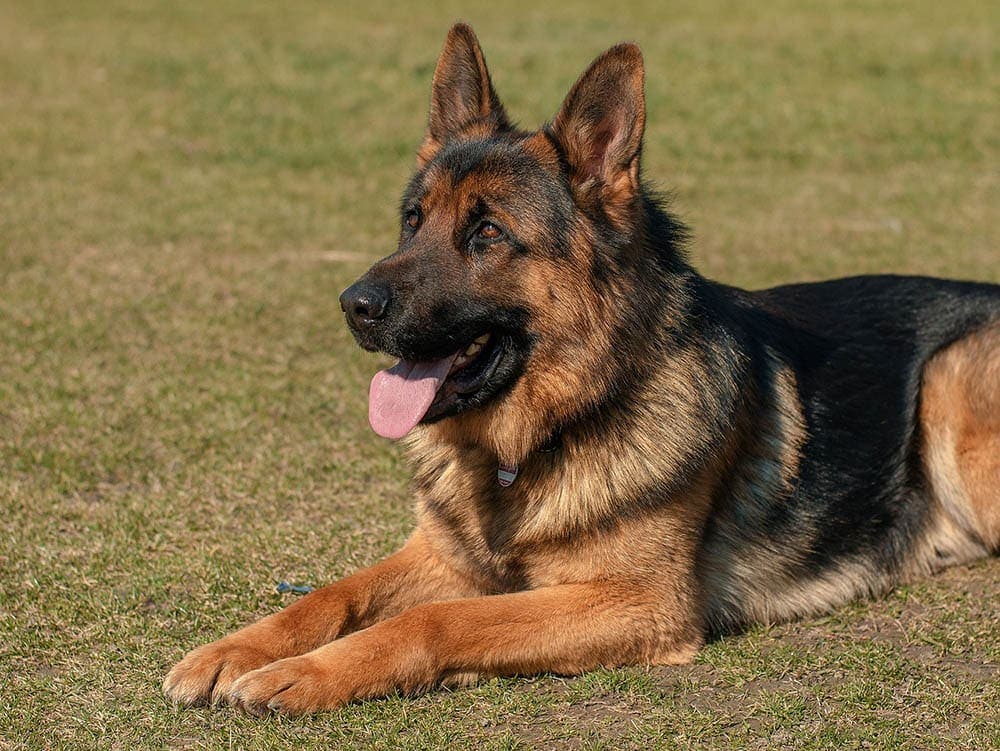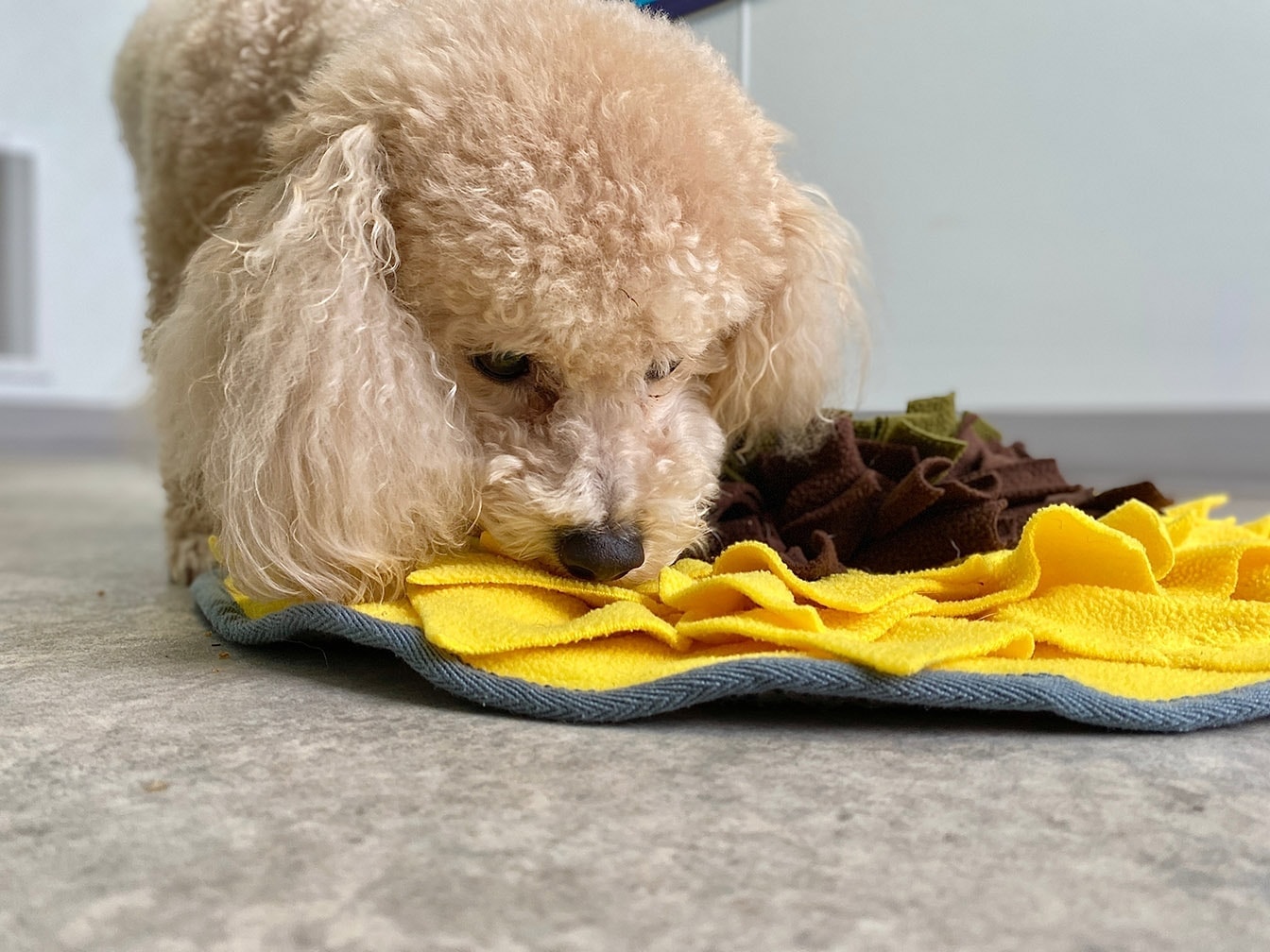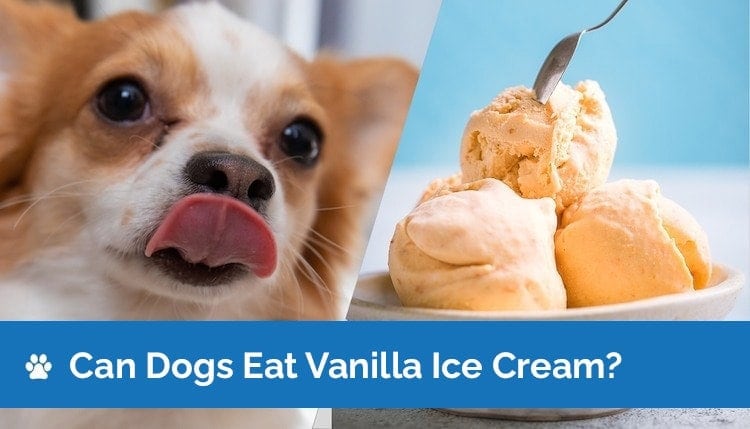Pushon (Pug & Bichon Mix): Info, Pictures, Traits & Facts

Updated on

| Height: | 9 – 12 inches |
| Weight: | 10 – 20 pounds |
| Lifespan: | 12 – 15 years |
| Colors: | White, black, fawn, grey |
| Suitable for: | Apartment living, individuals looking for a companion, seniors, families with older children |
| Temperament: | Friendly, Outgoing, Sensitive, Intelligent, Inquisitive, Goofy, Playful |
Pugs are one of the most sought-after dog breeds in the world, so it should come as no surprise that Pug-mixes are growing in popularity, too. From Puggles (Pug x Beagle) to Boxapugs (Boxer x Pug), the designer dog breed world has no shortage of fun and unique pug hybrids. Bichons are no exception to this rule, with multiple Bichon-mixes to choose from. Originally crossed to make the ultimate companion dog, Pushons, or Pug Bichon mix dogs, are gaining popularity due to their great temperaments. Often considered as having the “best qualities” of the Pug and the Bichon, Pushons are happy-go-lucky dogs that enjoy spending time with their favorite person. Let’s take a closer look at what makes the Pushon so popular.
Pushon Puppies
Pushons may not be purebred dogs, but their status as a designer dog breed has created quite a demand for them. Adopting a Pushon will generally be less expensive, but finding a Pushon at a rescue or shelter might be difficult due to the popularity of designer dog breeds.
3 Little-Known Facts About the Pushon Dog
1. Pushons are usually first-generation hybrids.
In the designer dog breed world, there are two types of hybrids: first-generation and multi-generation hybrids. Goldendoodles and other popular hybrids are often multi-generational, but Pushons are usually first-generation mixes.
2. Pushons are perfect apartment dogs.
Finding the right dog can be tough, especially for apartment living. Thankfully, these happy-go-lucky dogs are the perfect apartment companions! Except for some possible excessive barking, Pushons will easily adapt to urban and apartment environments.
3. Pushons are usually fluffy.
While Pugs have silky, shorthaired coats, Bichons are famous for their fluffy, long coats. Pushons usually inherit the fluffiness, though this doesn’t make them hypoallergenic. Not all Pushons will have the Bichon-esque coat, but most will inherit it.

Temperament & Intelligence of the Pushon 🧠
Pushons are often said to have all of the best qualities of Pugs and Bichons, without the cheeky Pug stubbornness that the Bichon balances out. However, it’s important to remember that Pushons are not purebred dogs and their temperaments will vary wildly. To get a better idea of your new Pushon’s temperament, let’s take a look at the temperaments of Pugs and Bichons.
Pugs are one of the most unique dog breeds today, known for their many quirks and characteristics. They can go from playful to stubborn in a flash, making them notoriously challenging to train for first-time dog owners. Pugs enjoy human interaction and bond with other animals in the house, especially if they’re raised together. They’re quite goofy and mischievous by nature, which can lead them straight into trouble. At the end of the day, Pugs simply want to have fun and be with their families.
Bichon Frise dogs are classic lap dogs, known for their cheerful and affectionate temperaments. These fluffy dogs can easily adapt to most living environments, making them suitable for a wide range of individuals and families. They’re quite intelligent and training them is usually a breeze, but housebreaking Bichons can be a challenge. They’re also friendly and social with friends and strangers, but early socialization is key to keeping them friendly.
Though Bichons and Pugs are quite different at times, they both crave affection and human interaction. Pushons, as a result, are usually the same and will gladly follow their favorite people around. Pushons are smart dogs and shouldn’t be too hard to train, but housebreaking will be the biggest challenge. Housebreaking aside, Pushons have great temperaments and will be quite loyal to whom they see as family.
Are These Dogs Good for Families? 🏡
Pushons are friendly and happy dogs, but their small bodies make them more fragile. While they can be great family dogs, we recommend them only for families with quieter, older children that can understand how to handle small breeds safely and responsibly. If you’re looking for a small breed of dog and you have younger children, we recommend looking for a dog slightly bigger than a Pushon.
Does This Breed Get Along with Other Pets? 🐶 😽
Yes! Since Bichons and Pugs are companion-based breeds, Pushons rarely exhibit high prey-drive levels. In fact, most Pushons will often bond with other animals in the household, especially if they’re raised together. It’s important to introduce your Pushon slowly to prevent territorial issues with your other pets, but the transition should be a simple one.
Things to Know When Owning a Pushon:
Food & Diet Requirements 🦴
Pushons are small dogs, so they’re naturally prone to dental problems. They also need a wide variety of nutrients, but obesity is a serious concern with any small-sized dog. We recommend a mix of wet canned food and dry dog kibble, which will provide nutrients and help keep their teeth and gums clean. Look for diets with at least 20% crude protein and pay attention to the caloric amounts per meal. For a more specialized diet, consult your veterinarian for a custom diet plan.
Exercise 🐕
Pushons come from two companion breeds, so their exercise needs are not as high as working dogs. However, it’s crucial to understand that they still need daily walks and playtime to stretch their legs. Since small dogs are prone to obesity, a few short, brisk walks will keep them at a healthy weight. Playtime outside in a fenced-in area is also important to establish a bond, especially for families with children.
Mental stimulation seems to be overlooked with small dogs, but it’s just as important for companion dogs as it is for working dogs. We recommend plush puzzle toys and fun games for your Pushon, which will push them to use their natural senses and give them a boost of confidence.
Training 🦮
Training your Pushon needs to start immediately, with a focus on early socialization to prevent aggressive tendencies. Although Bichons and Pugs are not known for being aggressive, socializing with your Pushon will keep them from developing any social issues. In addition to humans, they need to be around other dogs and animals at an early age. We recommend taking your Pushon to group obedience classes to help achieve this, which also helps with training.
Pushons are somewhat sensitive and do best with positive-reinforcement training with food and praise-based rewards. Aversive and harsh training methods will only ramp up any stubbornness issues, which will cause further behavioral problems. If you’re unsure how to go about training your dog, a professional dog trainer can guide you through the process.
Grooming ✂️
Grooming your Pushon is important, especially if they inherit a fluffy coat similar to the Bichon’s coat. Depending on the coat type, you should expect to brush the coat out at least once a week. If your Pushon’s coat is thicker and fluffier, brushing on a daily basis might be needed. If the coat grows like a Bichon’s coat, a professional groomer can trim the coat as needed. In addition to coat care, trimming your Pushon’s nails on a monthly basis is important. Lastly, small dogs need special attention to their teeth, so consider a tooth-brushing routine to prevent dental decay.
Health and Conditions ❤️
Pugs are adorable and have been around for a long time, but there’s no way around their health issues. Between their brachycephalic facial structures and other conditions that small breeds typically suffer from, Pugs are not exactly known for being healthy. That being said, their lifespans are still relatively longer than medium and large-sized dogs. Bichons, by contrast, have significantly fewer issues than Pugs. Still, they do suffer from some conditions that can be quite serious.
- Pug Dog Encephalitis
- Canine Hip Dysplasia
- General Breathing Problems
- Elongated Palate
- Stenotic Snares
- Brachycephalic Airway Obstruction Syndrome
- Eye issues
- Epilepsy
- Obesity
- Spinal/vertebral issues
- Canine Hip Dysplasia
- Legg-Perthes Disease
- Liver issues
- Obesity
- Patellar Luxation
- Allergies
- Hypothyroidism
While there’s no guarantee if your Pushon will suffer from these conditions, it’s crucial to financially prepare ahead of time. Although most of these conditions are treatable, the vet bills and treatments can add up quickly. Especially with similar conditions like hip dysplasia, it’s important to be prepared for your Pushon’s future.
Male vs Female
Pushon males and females are similar in temperament, so the choice of female versus male is purely a personal one. Except for a slight size difference with males being a bit bigger, there’s no defining difference that makes males or females a more suitable choice.
Conclusion
While Bichons and Pugs still rule the lapdog world, Pushons are quickly gaining popularity. These little dogs are truly made for companionship, making them a great option for families and individuals alike. Although they’re small in size, their personalities are larger than life. As long as Pushons get enough attention and exercise daily, these dogs will quickly repay you in loyalty and affection.
See Also:
- 55 Velcro Dog Breeds That Will Never Leave Your Side (With Pictures)
- 9 Best Dog Foods for Bichon Frises
Featured Image: Left – Pug (Sven Lachmann, Pixabay), Right – Bichon Frise (Radovan Zierik, Pixabay)














